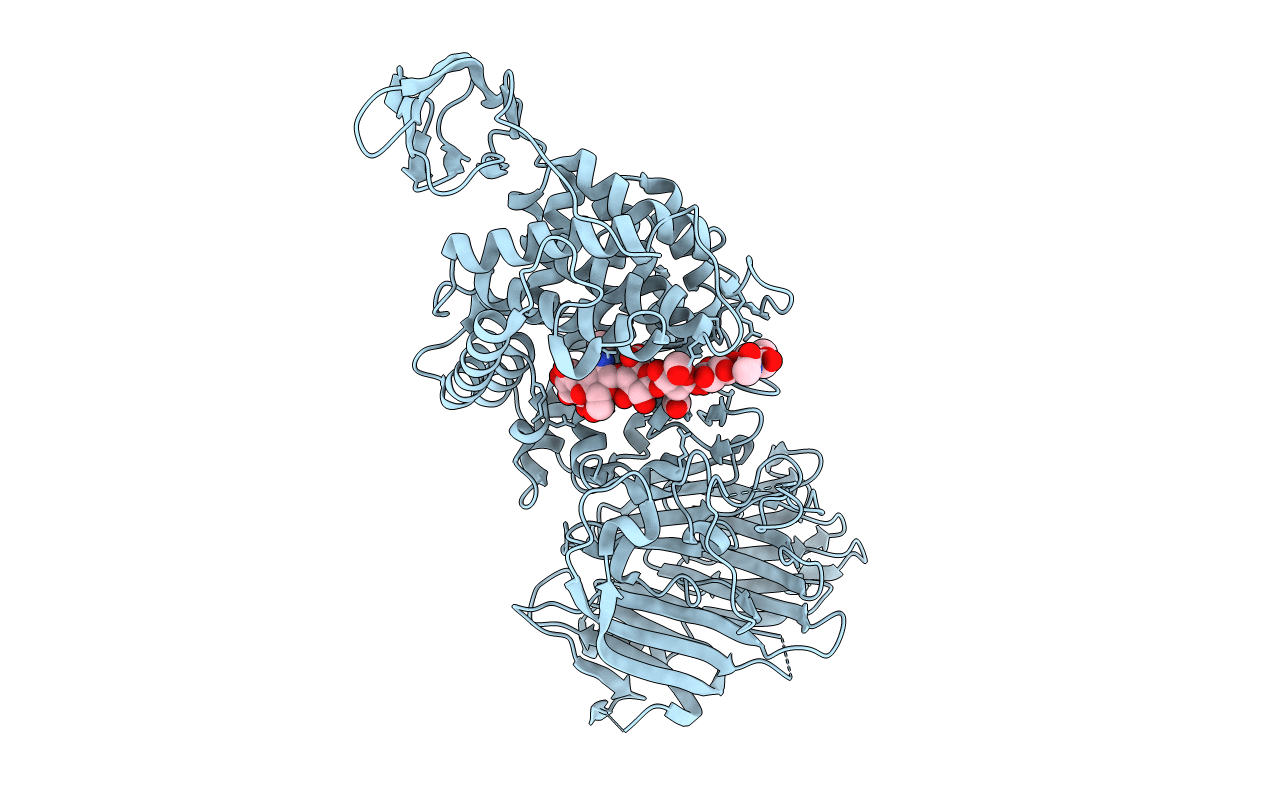
Deposition Date
2002-06-05
Release Date
2002-10-30
Last Version Date
2024-02-14
Entry Detail
PDB ID:
1LXM
Keywords:
Title:
Crystal Structure of Streptococcus agalactiae Hyaluronate Lyase Complexed with Hexasaccharide Unit of Hyaluronan
Biological Source:
Source Organism:
Streptococcus agalactiae (Taxon ID: 1311)
Host Organism:
Method Details:
Experimental Method:
Resolution:
2.20 Å
R-Value Free:
0.27
R-Value Work:
0.21
R-Value Observed:
0.21
Space Group:
C 2 2 21


